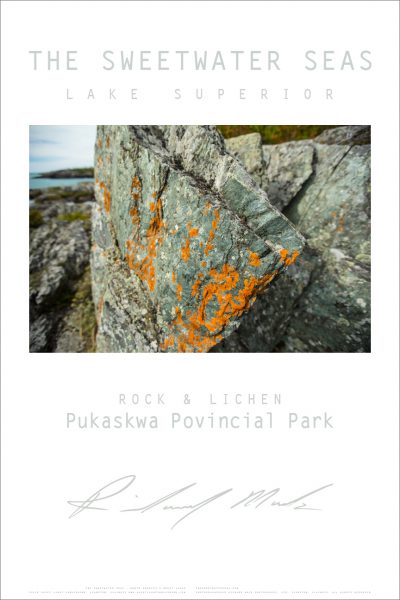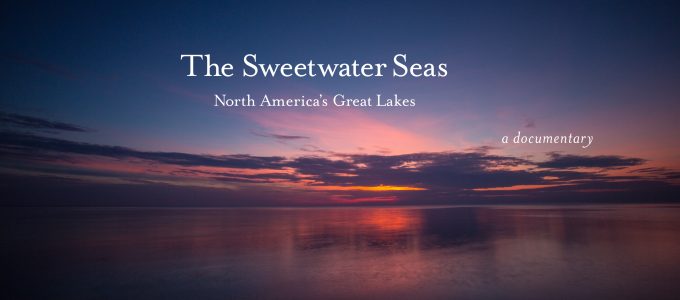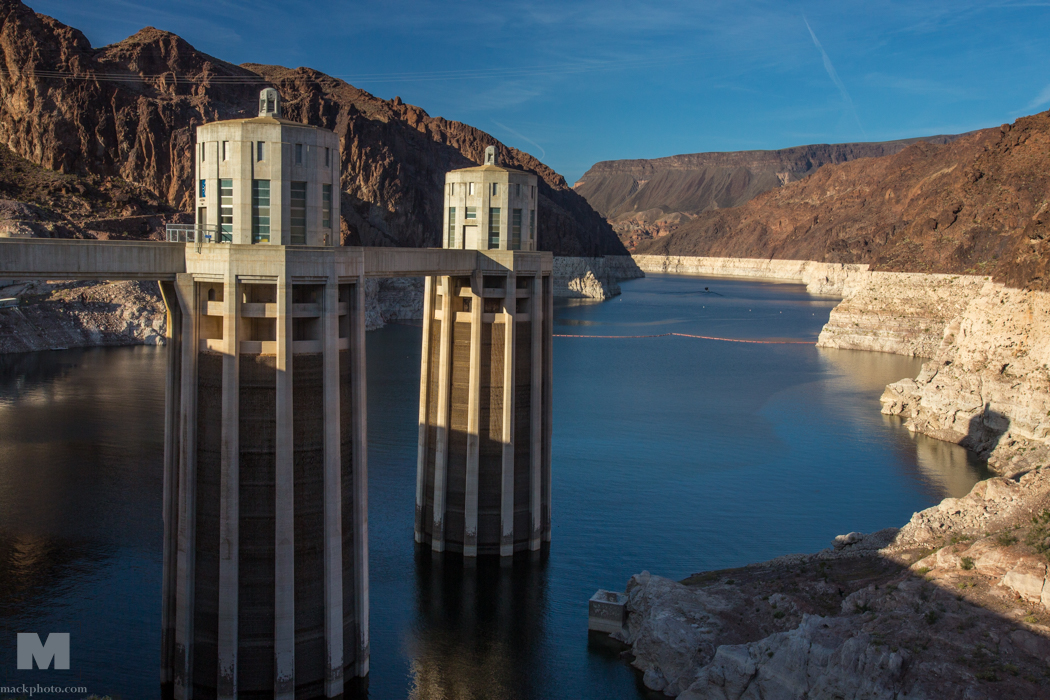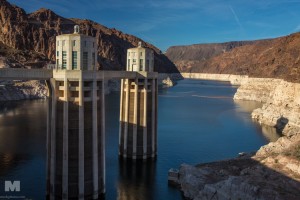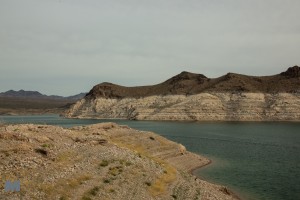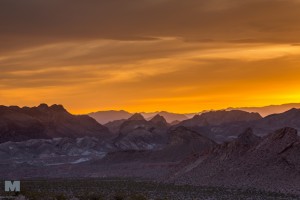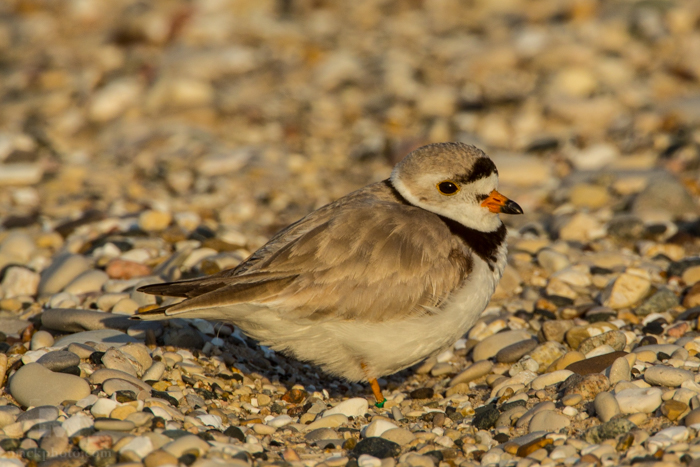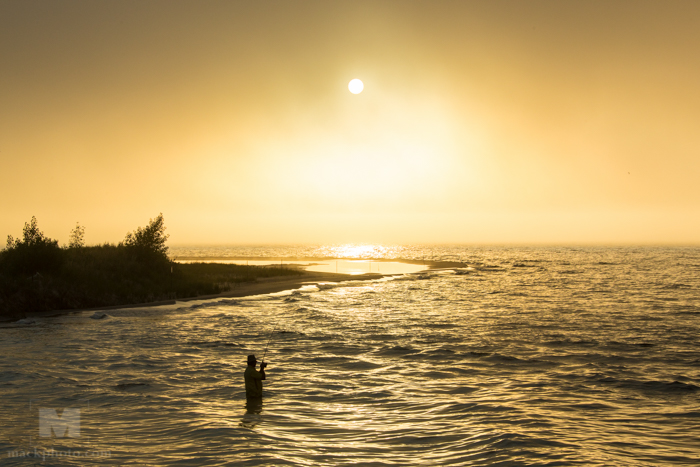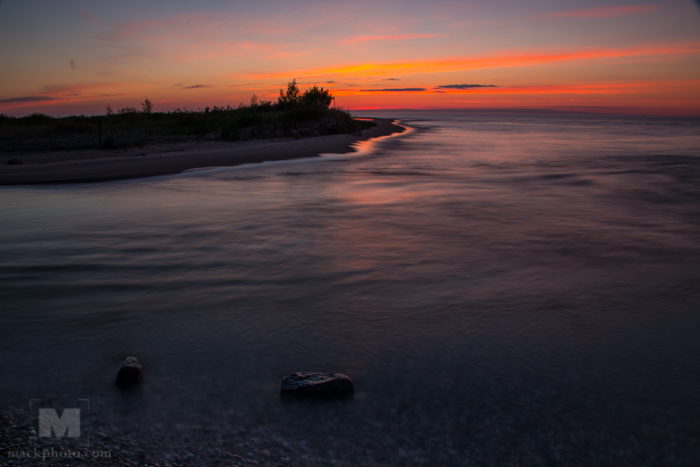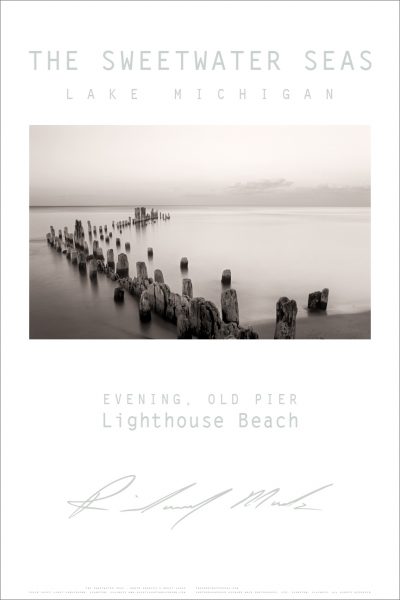 I am proud to be partnering with Quiet Light Publishing and The Sweetwater Seas documentary team to offer these Fine Art Posters from our film on all five of the Great Lakes. We currently have 24 Fine Art Posters for sale on the Quiet Light Publishing storefront. They are available in two sizes – 24″x36″ and 20″x24″. Each is printed on Fine Art Archival paper to our exacting standards. You can see and purchase any of them using this link: The Sweetwater Seas Fine Art Posters.
I am proud to be partnering with Quiet Light Publishing and The Sweetwater Seas documentary team to offer these Fine Art Posters from our film on all five of the Great Lakes. We currently have 24 Fine Art Posters for sale on the Quiet Light Publishing storefront. They are available in two sizes – 24″x36″ and 20″x24″. Each is printed on Fine Art Archival paper to our exacting standards. You can see and purchase any of them using this link: The Sweetwater Seas Fine Art Posters.
